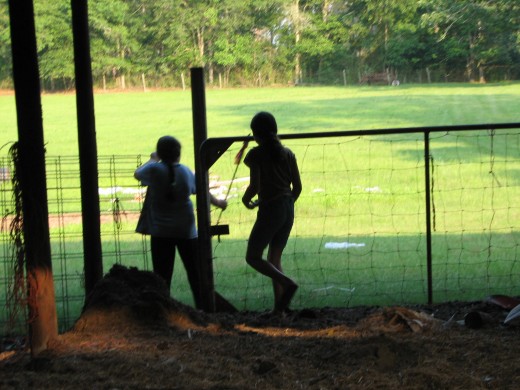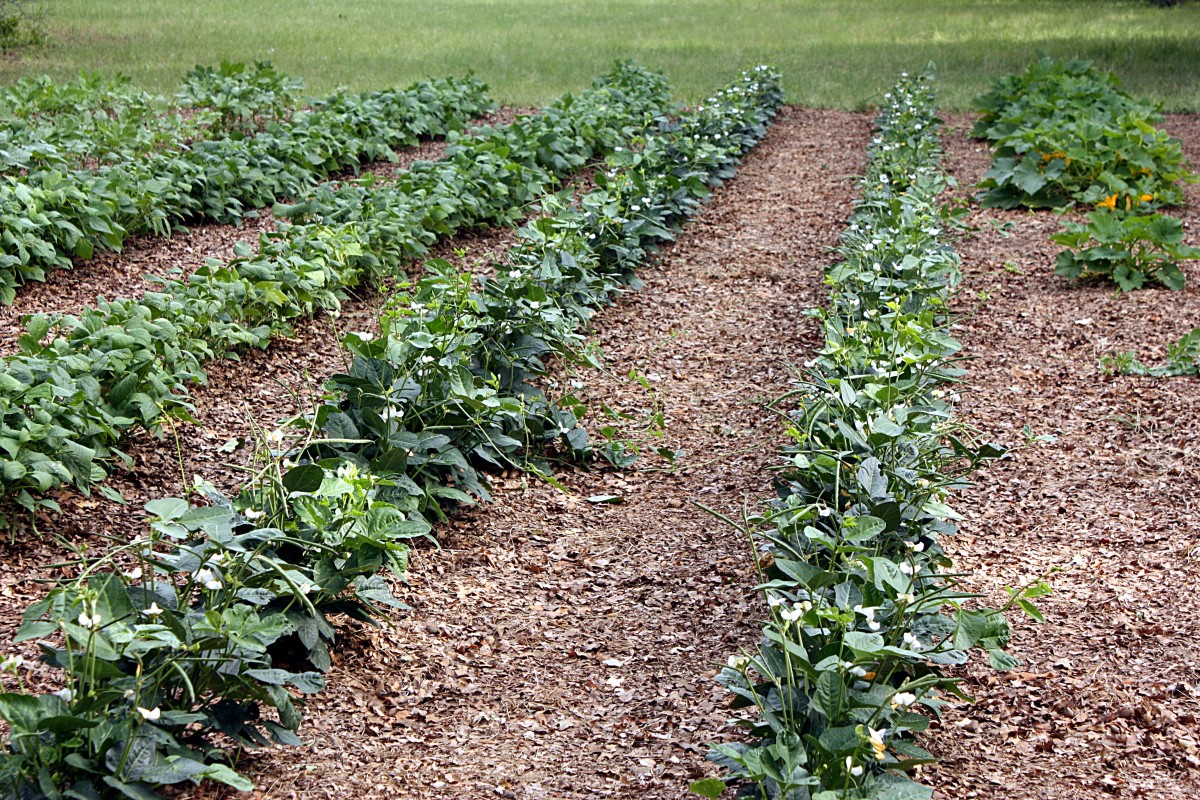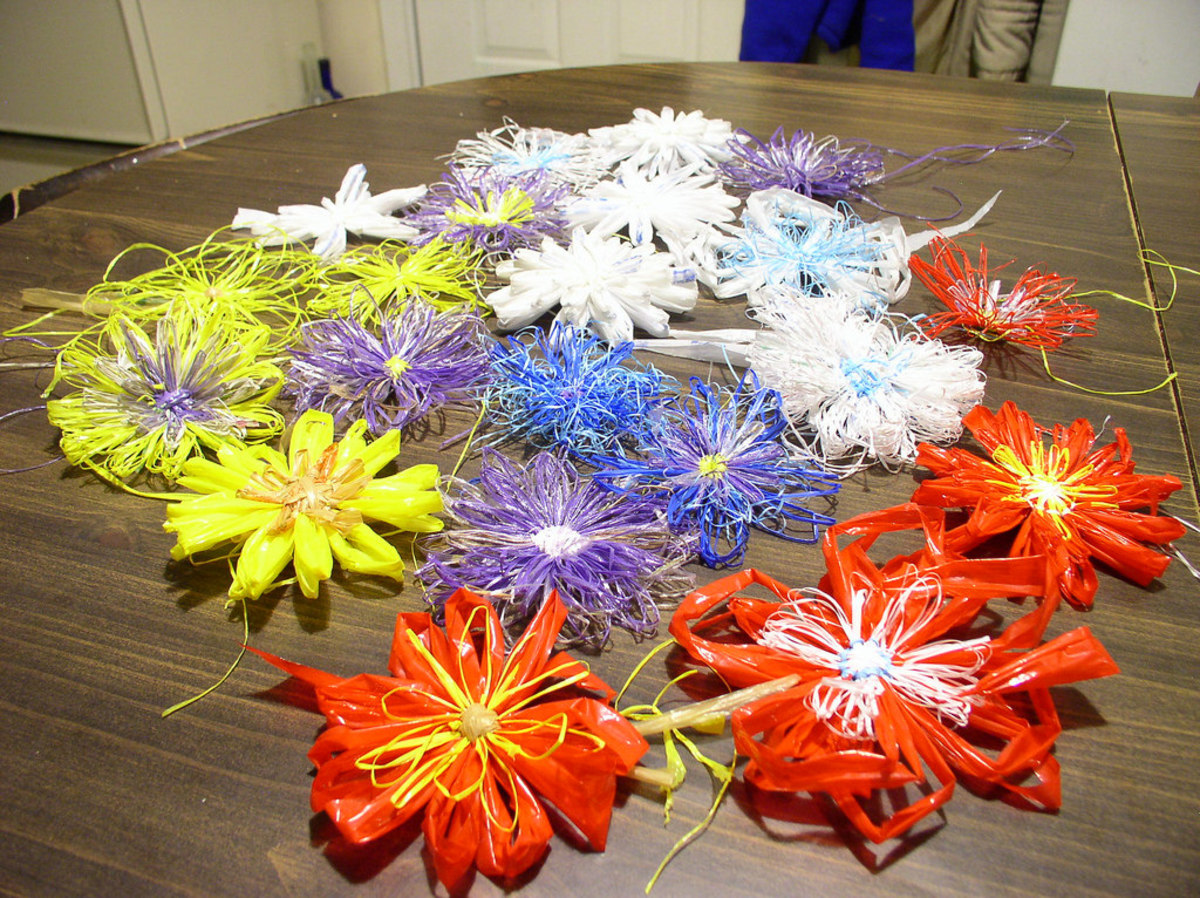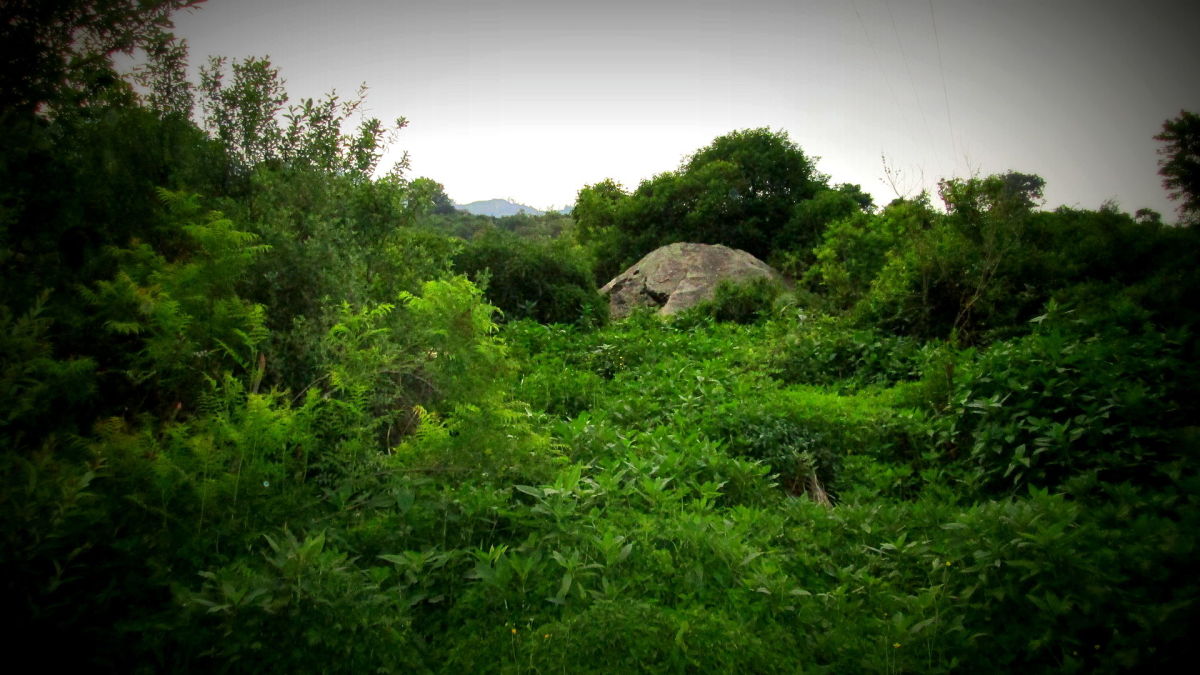Living Green Before Living Green was Cool

Sometimes going backwards can be progressive
Copyright © G. Wasdin All rights reserved.
We lived six miles out from our very small, rural town. My mother only went into town once a week. This was a busy and special day. It was her day to go to the beauty parlor; it was not a salon. After getting her hair done, it was time to attend to the other errands such as stopping by the drug store where the druggist, we didn’t know what a pharmacist might be, would mix up a custom concoction that would be good for what ever ailed you. Sure wish I could get ahold of some of that Eupinol Dr. Bernie made. It was a sure cure for cuts and scrapes. It was pretty stinky but it worked and took the soreness out of a wound quickly. It came in a brown glass bottle that had a little glass rod applicator attached to the inside of the cap. My mom was being green through limiting her usage of gasoline by planning her shopping trips. Dr. Bernie was being green by using recyclable glass bottles.
Antique Eupinol Bottle
- http://www.worthpoint.com/worthopedia/antique-eupinol-antiseptic-amber-bottle-w-label
ANTIQUE EUPINOL ANTISEPTIC AMBER BOTTLE w/ LABEL 1890'S ANTIQUE EUPINOL ANTISEPTIC BOTTLE AMBER GLASS ORIGINAL LABEL & CORK STOPPER ESTABLISHED IN 1848 *********************** NO RESERVE ON THIS WO...from eBay
Going Local
Then it was time to visit the IGA grocery store which was family owned with at least three generations working side by side. It featured locally grown produce among other things. One of the ‘other things’ was real mistletoe at Christmas. I know about this because my brothers would scout it out in the woods around our farm and then use a rifle to shoot it out of the trees. They would bring it home and we would package it and sell it to the grocer. We were all being green by not shipping much of the produce we used hundreds or thousands of miles, but by using what was locally available.
The Farmers' Market
- Farmer\'s Markets in Georgia
Farmer's markets in Georgia - not a list of the fake farmer's markets, which are just warehouse groecry stores; but the real markets that the farmers take their produce to!
Putting Food By
At the grocery, my mom didn’t buy a lot of vegetables, maybe some fresh fruit and some staples such as flour, sugar, vinegar, spices and sliced bread. We didn’t need much from the grocery store as our summers were filled with putting food by for the coming year. We always had a garden and spent many hours picking butterbeans, peas of several varieties, tomatoes, bell peppers, green beans, squash, cucumbers, okra and corn. Digging potatoes was the most fun, kind of like an underground Easter egg hunt. By summer’s end the pantry shelves were groaning under the weight of canned veggies, pickles, relishes and preserves.
The Book: Putting Food By
- Amazon.com: Putting Food By: Fifth Edition (9780452296220): Ruth Hertzberg, Janet Greene, Beatrice V
Amazon.com: Putting Food By: Fifth Edition (9780452296220): Ruth Hertzberg, Janet Greene, Beatrice Vaughan: Books
Canning & Freezing
There were pear, fig, and plum trees around about the farm. Pears were canned as halves or slices to be used later for salads and cobblers. Figs became rich preserves and the wild plums were combined with sugar and spices to make a tasty conserve. Pears were also ground with onion and bell pepper which was then cooked with vinegar, tumeric, sugar and spices to make pear relish which was an absolute necessity for serving with mustard, turnip or collard greens or for topping steamed cabbage. All of this bounty was put up in glass jars and processed in a boiling water bath or pressure canner to sterilize and seal the goodness in. These glass jars were used year after year, thus recycling and being green.
Butterbeans, peas, green beans, okra and corn were usually frozen. Corn was put up both on the cob and off. The creamed corn was probably the most labor intensive preparation for freezing but it was so worth it. All of these tasty delights were placed in plastic freezer containers. Plastic may not seem to follow the green theme, but these containers were used and reused for many years. Some of these containers must be forty years in service now. That’s pretty green.
Sustainable Farming
- As sustainable farming takes root, green thumbs get greener - USATODAY.com
More old-school farmers are using sustainable farming techniques that protect natural resources instead of damaging them with chemicals, erosion and animal waste.
Down with Styrofoam!
Our cows and hogs did a great job of recycling the vegetable and fruit husks, pods, peelings and pits. Then in turn we had home grown, antibiotic and growth hormone free beef and pork. The pork was processed at home and brought the extended family, farm hands, neighbors and friends together to share the hard work and have fun at the same time. The resulting chops, roasts, ribs and homemade sausage were packaged first in freezer paper and then wrapped in butcher paper, labeled and frozen. There were none of those plastic foam trays to clutter up the landfill. The paper wrappings were biodegradable and once again green.
A Normal Way of Life
Commercial crops grown on the farm included soybeans, cotton, field corn, peanuts, rye, wheat, sorghum and tomato plants. Some of these, once harvested, had the left over stalks or vines used as grazing or baled into hay for the cows or food for the hogs. The tomato plants were grown for commercial canneries in regions farther north where growing seasons are not long enough to start the plants from seed. The young plants would be pulled by hand and shipped by the millions wrapped in paper and peat moss bundles that were packed into wooden crates. Biodegradable packaging proved us once again green.
These are just a few of the examples of greener living that occurred just three or four decades ago. The global economy has not benefited our earth in transportation energy usage. Our use-it-once style of living is burying us in trash and we are getting lower quality food for much of human kind. Greener living used to be a normal way of life. Sometimes going backwards can be progressive.
Copyright © G. Wasdin All rights reserved.
- Living Green Before Living Green Was Cool: Laundry
Copyright G. Wasdin All rights reserved. A clothes dryer was unheard of in our home until the late sixties and even then it was only used when the solar dryer was out of service. The solar dryer,...








